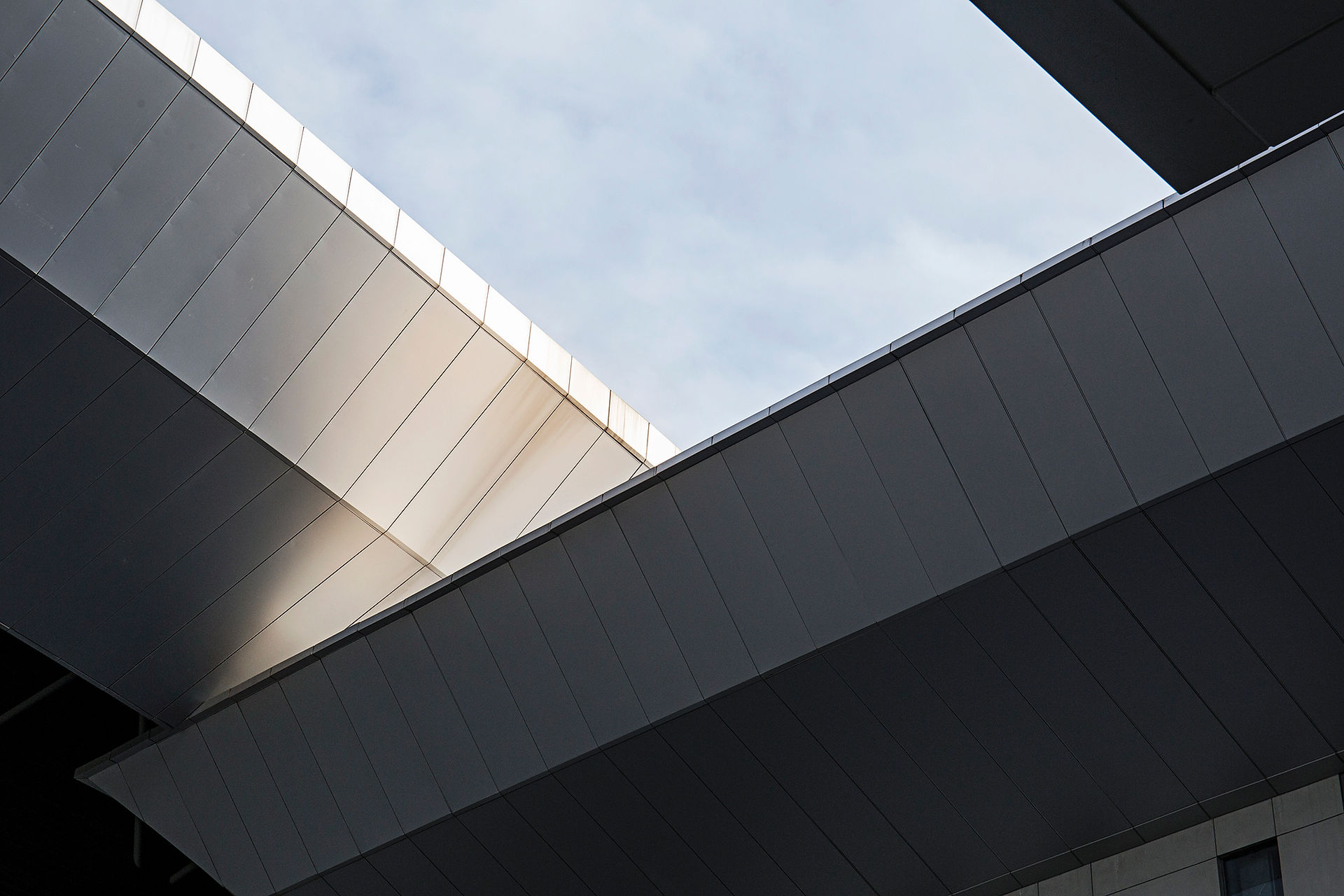UI Design in 2026: Revolutionary Shifts in the Digital Experience
- Zacrey Partners

- Mar 12
- 3 min read

The Digital Revolution Nobody Saw Coming
4-minute read
Forget everything you thought you knew about UI design. The incremental changes of the past decade are nothing compared to the seismic shift we're witnessing as we hurtle toward 2026. This isn't evolution—it's revolution. The old rules are being shattered, and those who cling to yesterday's principles will be left behind in a digital dust storm of innovation.
Minimalism Is Dead. Long Live Neo-Expressionism
Let's be brutally honest: minimalism has reached its logical endpoint. The sterile, white-space dominated interfaces that defined the 2010s and early 2020s are being overthrown by a bold new movement: Digital Neo-Expressionism. Interfaces are becoming unapologetically emotional, with dynamic color systems that pulse with life, deliberately imperfect elements that celebrate human touch, and designs that prioritize psychological impact over rigid grid systems.
"The best interfaces of 2026 won't just be used—they'll be FELT. Design that doesn't provoke emotion is just digital wallpaper."
6G-Powered Interfaces: Instant Is No Longer Fast Enough
The rollout of 6G networks isn't just changing connection speeds—it's fundamentally altering what's possible in UI design. With virtually zero latency and massive bandwidth, interfaces now anticipate actions before users even complete their thoughts. Predictive rendering makes traditional loading states obsolete, while microsecond response times create experiences that feel supernatural rather than merely responsive.
AI Isn't Just a Feature—It's the Foundation
By 2026, any interface not built on an AI foundation will feel as outdated as a flip phone. The static UI is dead. Every element, every interaction, every pixel is dynamic—continuously optimizing based on individual user psychology, environmental factors, and contextual relevance. The most cutting-edge interfaces feature AI systems that serve as creative partners, not just tools, generating novel visual solutions that no human designer would conceive.
The Consumption Revolution: From Passive to Participatory
The days of passive content consumption are finished. The radical new interfaces of 2026 blur the lines between creator and consumer, with every interaction becoming an opportunity for co-creation. Users expect to leave their mark on digital experiences, transforming them through use rather than simply navigating pre-determined paths.

Bioadaptive Interfaces: Your Body Is the New Controller
The most revolutionary interfaces of 2026 respond not just to explicit commands but to biological signals. Micro eye movements, subtle changes in breathing patterns, and even emotional states detected through skin conductivity now form a complex interaction language. The keyboard and touchscreen are being supplemented by your body's own signals, creating truly intuitive experiences that feel like extensions of your nervous system.
Ethical Design or Digital Extinction
The companies surviving in 2026 aren't just creating beautiful interfaces—they're creating responsible ones that acknowledge the coming resource constraints. As digital consumption accounts for an ever-larger portion of global energy use, interfaces designed for efficiency aren't just good business—they're an ecological imperative. The most forward-thinking companies are building "carbon-aware" UIs that adapt their energy consumption based on power grid conditions.
The Spatial Web Destroys the Screen Paradigm
The concept of "screens" as we know them is rapidly becoming obsolete. The spatial web—enabled by 6G networks, ambient computing, and advanced projection technology—turns every surface into a potential interface. Physical and digital reality have become so intertwined that separating them seems as quaint as the distinction between "online" and "offline" once did.
The Human-AI Creative Explosion
AI isn't replacing designers—it's unleashing a creative renaissance. The most successful interfaces of 2026 are co-creations between human vision and computational creativity, resulting in aesthetics that neither could achieve alone. This partnership has given rise to entirely new visual languages that communicate on multiple levels simultaneously, creating interfaces that feel alive rather than constructed.
What This Means For Everyone
The designer of 2026 is part psychologist, part data scientist, and part futurist. They design not just for utility but for transformation. The interfaces they create don't just facilitate tasks—they alter how we perceive reality itself.
We're witnessing the dawn of the post-interface era, where technology disappears not through minimalism but through seamless integration with our lives. The most advanced UI doesn't feel like technology at all—it feels like a natural extension of human capability, desire, and imagination.
Are you ready for this radical reinvention? The future belongs to those who can embrace the chaos of creation and build digital experiences that feel more human than the humans who use them.
About us :
At Zacrey we architect the convergence of best ideas, best people and best practices from related industries to deliver our multi-disciplinary and often disruptive results to remain ahead of the curve.
We are human centred, design empowered and technology driven catalysts of transformation that strive to be the vanguard of Industry 5.0 drivers working at the intersection of design, strategy and technology.
#RadicalUI #6GDesign #AICreativity #DigitalRevolution #BioInterfaces #PostScreenEra #NewConsumption #AI



Comments